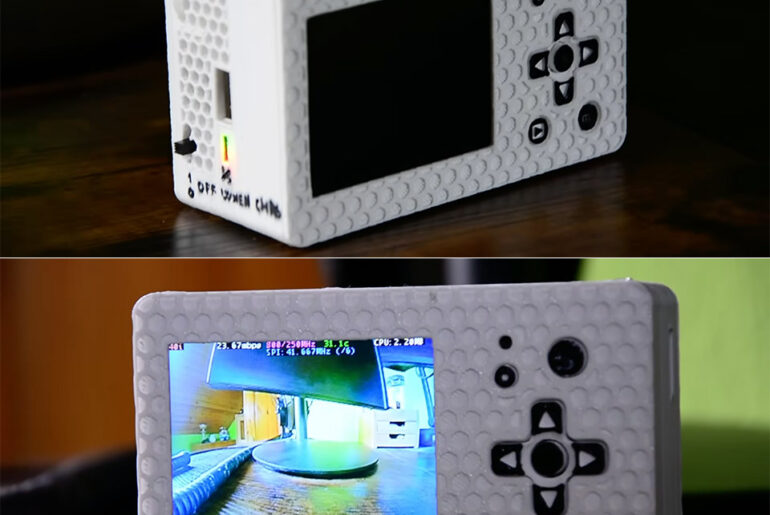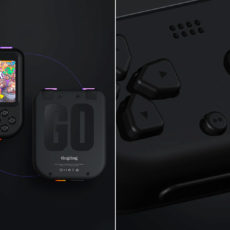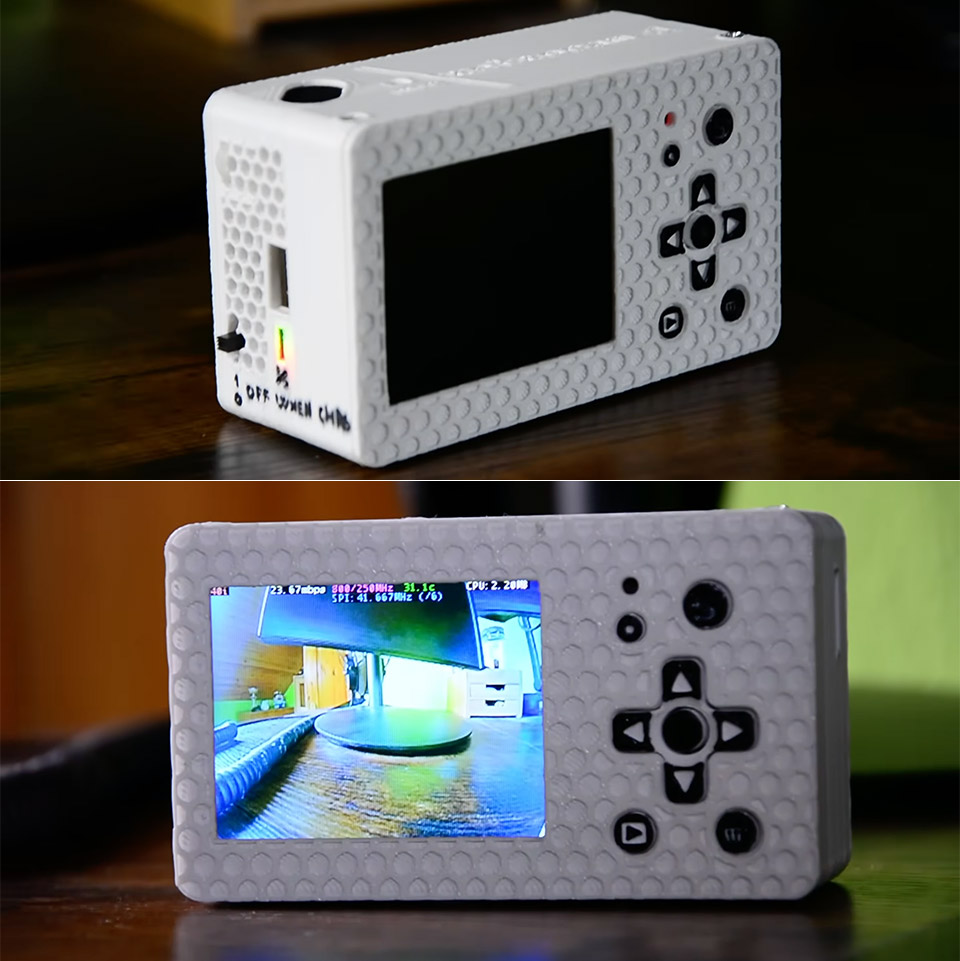
Blytical wanted photos that looked like they were shot with a thrift store camcorder, not another phone filter. He created Retro Cam, a handheld device that records true analog video and converts it into blurry, flickering stills as well as clips, all without using a single digital trick. It fits in your hand like a bulky point-and-shoot from the early 2000s, but each frame has the smooth blur and color drift of an old VHS tape.
At its heart is a Raspberry Pi Zero 2 W, a little board that powers the entire system for less than the price of a decent lunch in NYC. The device is powered by a single 18650 lithium cell, which can be found in many flashlights. Slide the battery into a 3D printed holder, and it will run for hours on one charge.
- Sharper Action, Brighter Details - Osmo Nano's 1/1.3″ sensor captures more light for crisp, vivid shots. Ideal as a 4K POV camera or vlogging...
- Ultra-Wide 4K Clarity - Record every moment in 4K/60fps with a 143° ultra-wide view. Ideal as a small action camera or for immersive Pet POV...
- Effortless Portability & Versatility - The lightweight, magnetic Osmo Nano is the ideal pocket camera for easy carrying. Use it as a portable camera...
The lens is the secret sauce, as Blytical omitted the conventional Raspberry Pi camera modules. Instead, he used a CADDX FPV set specifically intended for drone racing. These cameras capture raw analog footage in the traditional 4:3 TV format, before flat displays took popularity. A simple converter card transforms the signal to USB video, which the Pi can read. There are no software overlays or artificial scan lines—only the true defects of composite video.
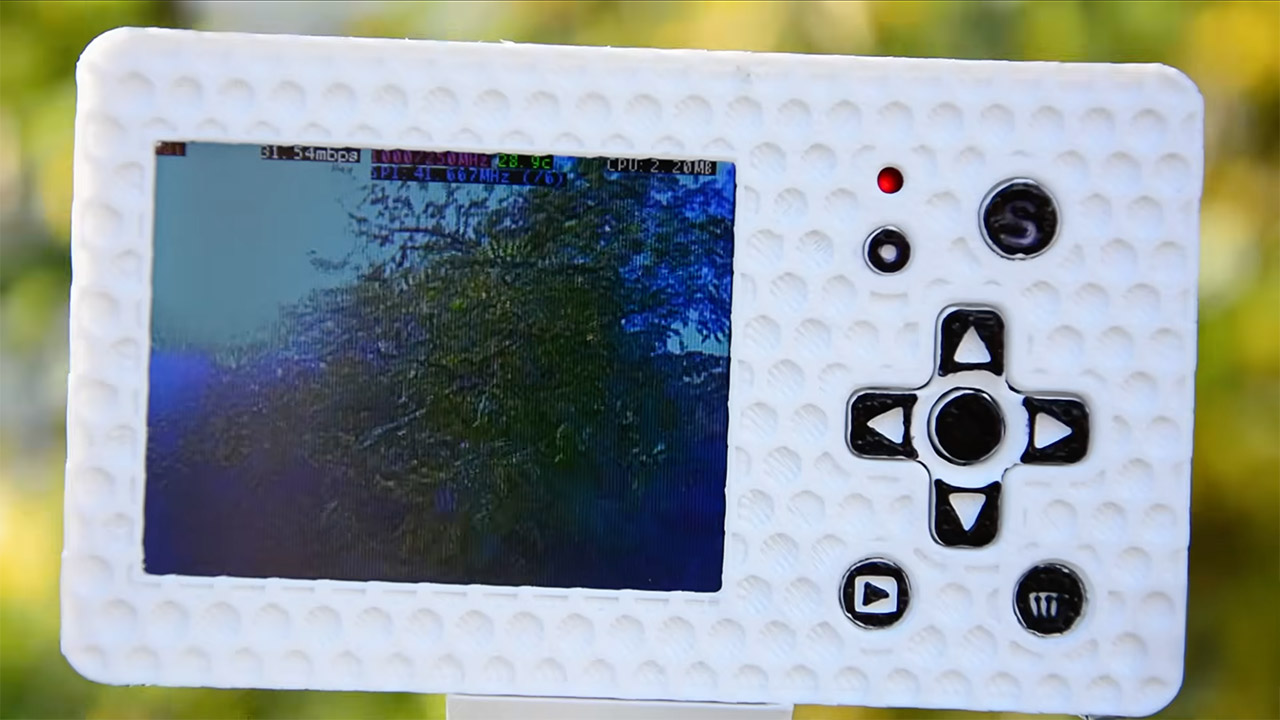
The viewfinder and playback screen are on a 2.8-inch 4:3 touchscreen. When you push the shutter button, the Pi captures a frame from the analog stream. Holding the record button saves video with audio from a tiny I2S microphone. Files are saved on a microSD card inside.
On the outside, there are buttons and switches for turning it on, starting recording, and browsing photos. When the video plays, the red LEDs will blink. A little speaker will reproduce the sounds exactly as captured. A 40mm fan keeps the Pi cool during prolonged use; without it, heat accumulates quickly in the compact chassis.
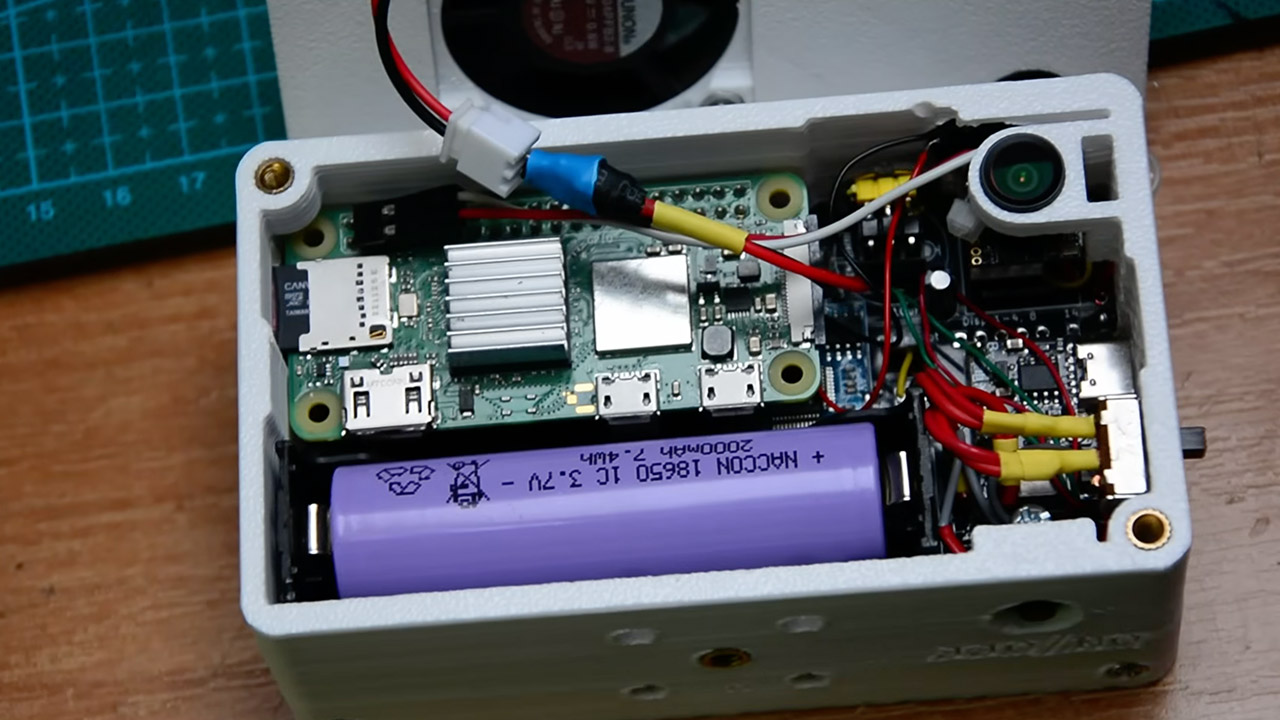
Everything fits in a 3D printed body split into two halves. Blytical spent weeks sanding, reprinting and tweaking to get the panels to match and the buttons to click. Brass inserts in the plastic accept tiny screws which hold the case together. The finished camera is substantial, almost toy like in thickness but light enough to carry all day. There are two custom circuit boards: one for power / battery charging, and a second for buttons, LEDs as well as a fan to the Pi’s ports. Hand soldered wires are short and tidy, but mistakes were still made – flipped connectors created shorts, a missing surface mount part killed the camera signal for days. However, each fix made the next stage go more smoothly.
A lightweight Linux configuration boots right into a live preview, which simplifies things. Python programs control the buttons and handle the files. There are no large apps or five-layer menus…just turn it on, point, shoot, and done.
[Source]

